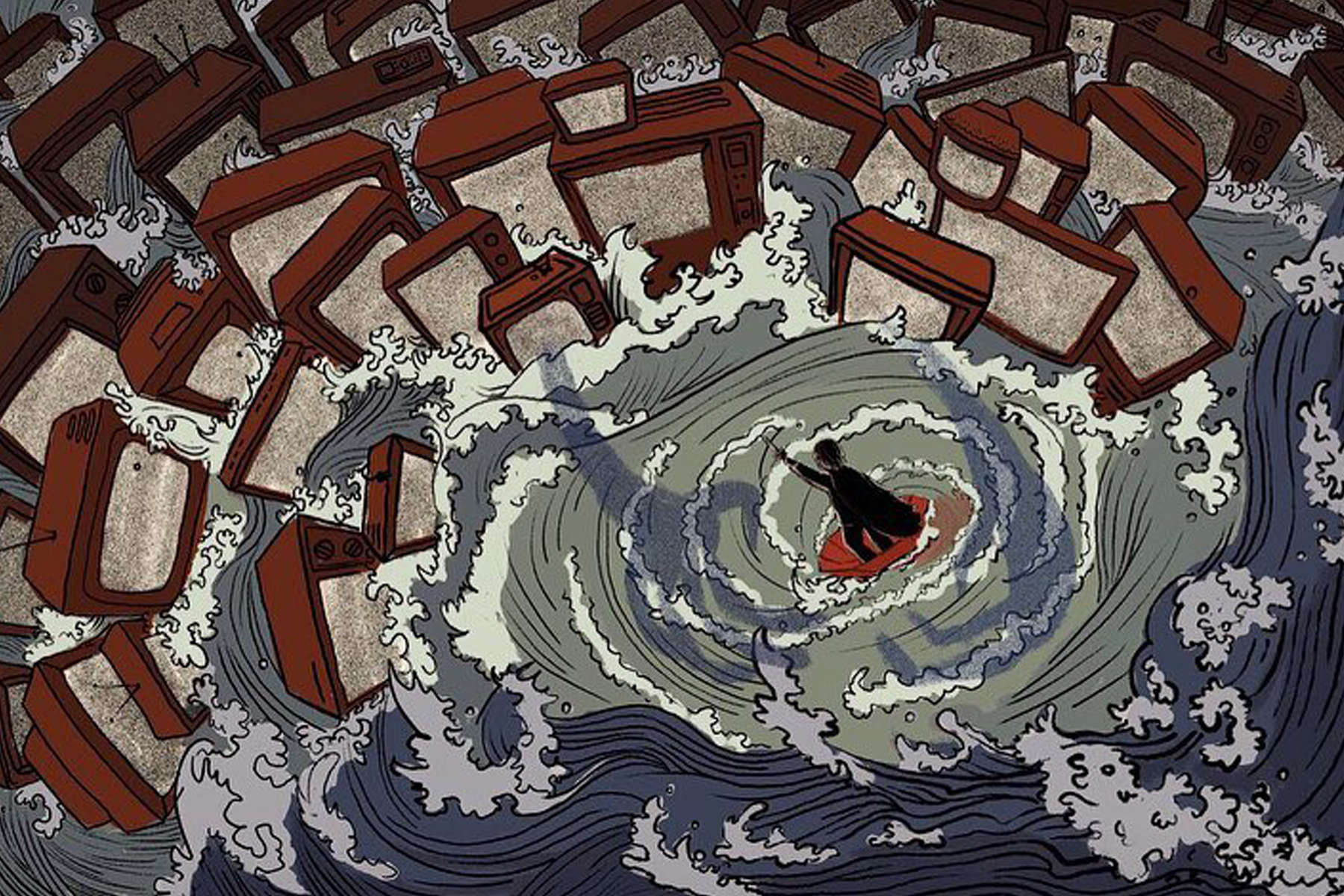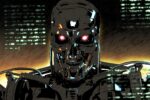While it’s easy to identify love and death as deeply human topics, robots — though at their surface are not human — can act as a vehicle for approaching topics that are important to humanity. As fears grow over the human cost of automation and the risk of developing artificial intelligence, evaluating the place of robots in the lives of humans is important and quite entertaining.
The Netflix original series “Love, Death & Robots,” released in March, explores these difficult topics. The anthology series features 18 episodes, of varying length, but all under 20 minutes. Very few details connect the stories in this series, which all feature different narratives, writing styles, animation styles, casts and crews.
Presenting “Love, Death & Robots” as an anthology series allows different authors, directors, and animators to approach these topics from many different directions. But it also presents opportunities for the quality to differ drastically.
So what episodes succeeded and what episodes failed in the portrayal of love, death and robots?
The Episodes That Got It Right:
1. “Lucky 13”
“Lucky 13” tells the story of a military combat ship and its pilot. Though saddled with a serial number that both begins and ends with the superstitious number “13”, the ship helps its pilot to survive otherwise deadly combat scenarios.
“Lucky 13” features realistic three-dimensional computer animation. While the humans aren’t as photo-realistic as some of the other episodes, the technology is drawn to perfection and the animation style is used to good effect in montage moments. What makes this story stand out, however, is its subtle relevance to the anthology’s overarching theme.
During the final battle, the pilot’s life is saved by the ship’s AI waiting to self-detonate. It’s one small moment of conscious machine decision-making in an otherwise very human-centered episode, which leaves the viewer with the ability to speculate on how sentient this ship really was. The end product is an interesting story that is told well and animated beautifully.
2. “Good Hunting”
Like “Lucky 13,” “Good Hunting” is another “Love, Death, & Robots” episode that got it right. This beautifully drawn, traditionally 2D animated story follows the relationship between a traditional Chinese mythological shapeshifter and her hunter. It traces the development of this relationship from a rural village to an industrialized Hong Kong, incorporating robots in the form of steampunk creatures created by the hunter.
The story of “Good Hunting” tackles a non-sexualized love and the specter of parental death in the context of technological development, creating a lyrical, haunting tale. Moreover, the use of steampunk robots as body replacements provides an interesting commentary on ableism. Together, “Good Hunting” grapples with all of the titular main themes of this series in a compelling narrative that doesn’t rely on gore or visual shock.
3. “Three Robots”
My final recommendation for good episodes is “Three Robots.” After the apocalypse and the decline of the human race, Earth becomes a tourist destination for robotic life forms. This episode follows three robots on their visit to earth, where they find that cats have taken over.
This story tackles the assumed death of the human race with a sense of humor that is missing in most other episodes of “Love, Death & Robots,” inviting the audience to find humanity in robotic life and grapple with difficult subjects in a very human way.
The Episodes That Got It Wrong
1. “Suits”
Some episodes of “Love, Death & Robots,” however, range from uninteresting to often unwatchable. “Suits” tells the story of farmers on an alien planet defending their holdings from alien attack, and it becomes immediately apparent that it is just a vehicle for mechs.
Mech stories have an established place in the history of animation and have historically done a great job of telling intricate stories that grapple with tough ideas. This version, however, takes an interesting situation and makes it bland. The dialogue is cliché and uninteresting. The story, though action-packed, feels like it has no movement, as the characters end in the same place that they began.
At 17 minutes, it’s one of the longest episodes of the series. While other episodes create an emotional entanglement in almost half that time, “Suits” struggles to create one altogether.
2. “The Witness”
“The Witness” featured some of the most interesting animation I have ever seen. It seemed to move between 3D animation and rotoscoping, with spliced comic-book style frames, which all combined to create a trippy visual aesthetic that I couldn’t tear my eyes from. The story of “The Witness” was also fairly interesting, a heady exploration of cause and effect and the linearity of time.
But the story seemed to have little to do with love and nothing to do with robots. But the reason this episode is considered a failure is because its needless female nakedness quickly becomes a vehicle for animating pornography in traumatic situations. The entire thing features the male gaze strongly, sexualizing the main character and depicting her naked form to no narrative end.
How To Fix This
I’m happy to talk about the individual episodes of “Love, Death & Robots” that I love and hate, but eventually I have to admit that this is subjective. People like different things from each story, and sometimes wanton sex, violence or cliché, mech dialogue is what they’re after.
Instead of picking apart each episode, I think it’s worth noting overarching themes that contributed to the success or failure of these episodes. While this is still a subjective measurement, I think it can provide guidance for the next — and hopefully better — version of “Love, Death & Robots.”
Stick to the Theme
The episodes that worked the best stayed true to the overarching theme and worked hard to develop narratives and not just play out a gimmick. The series is “Love, Death & Robots,” with an emphasis on the “& Robots.”
One episode of this series featured ghost fish, which may speak to the death of species or geologic eras, but is far removed from the series’ themes. Taken out of the context of technology, the story feels out of place for this anthology series.
Animate More Than Just Nudity
Some of the animation in “Love, Death & Robots” was new, complex, and evocative in ways that I wasn’t aware animation could be. But too often this incredible animation was used to present sexualized characters and gratuitous nudity. Perhaps this has a place, but I would love to see another version of “Love, Death & Robots,” or a spiritual successor that uses this great talent to tell other stories.
“Love, Death & Robots” seems fixated on the idea that adult content has to mean sex and the naked (female) form. But what if adult content could just be complex and difficult ideas, explored in a world where humans are asked to share aspects of their humanity — like love and death — with non-humans? And not just as an excuse to show sexually explicit images?
There’s nothing inherently wrong with using images of naked women to evoke a necessary emotion for the scene or underscore some point, but too often this technique is used to no apparent end. The end result is a series of episodes featuring gratuitous tits, targeted toward the male gaze.
The animated anthology premise of “Love, Death & Robots” has potential for providing interesting content and good variation of style and tone. Yet the series did not deliver on this, and most of its episodes are ultimately forgettable. But this doesn’t mean that Netflix should give up on this premise. Instead, by focusing on the overarching theme of robots and avoiding blatant nudity, the successor to “Love, Death & Robots” could be a huge success.
















